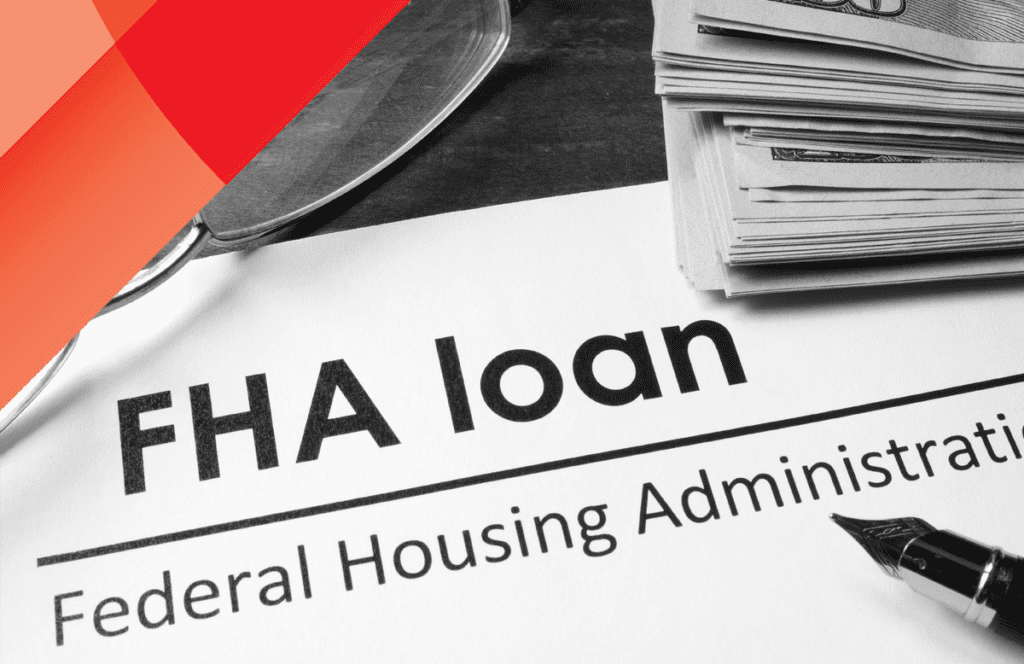More than two years later, mortgage industry trade groups began openly calling Federal Housing Administration (FHA) That’s exactly what the Biden administration and the FHA have done, in order to cut annual premiums on mortgages insured by the agency.
Thank you for reading this post, don't forget to subscribe!They have reduced the annual premium from 85 bps to 55 basis points. In doing so, the White House claims the average FHA borrower and homebuyer will save $800 in 2023 alone.
Agency officials hope to boost affordability in a dire housing market, with median home prices nearing record highs and mortgage rates slowly reaching the 7% mark.
The Biden administration says the annual premium cut will help FHA borrowers, a higher proportion of whom are Hispanic and black borrowers and tend to have lower incomes and credit scores than other government-backed mortgage programs.
We spoke to FHA Commissioner Julia Gordon to talk about premium cuts, potential risks and more federal housing finance agencyRecent reduction in loan-level pricing adjustments for first-time home buyers and borrowers with low FICO scores.
This interview has been lightly edited for length and clarity.
Flavia Furlan Nunes: How was the decision to cut 30 basis points made?
Julia Gordon: We analyzed the current state of the fund. And then we hit the fund. We used scenarios where the economy or housing market experienced extreme stress. And we looked at the amount we would need to keep in reserve to maintain our capital ratios during those difficult times. And we set that as the buffer. So we made the cut size up to the point where it wouldn’t eat into that buffer. Its size is very prudent based on those analyzes and stress tests. We also had to make it large enough to be meaningful to borrowers. So those were the two choices. And so we’re down 30 basis points. For now, we’ll stop here for a while.
Flavia Furlan Nunes: The current 11.1% capital ratio is almost five times the statutory requirement. And the FHA acknowledged that even under a stress test scenario of 2007 levels, the capital ratio would still exceed 6%. Has that changed? Does the FHA see any greater risk than conducting a stress test scenario?
Julia Gordon: We’re in pretty good shape financially right now. I would say there are two big risks. One is the macroeconomic environment in general and jobs in particular. If you go through a bad period of unemployment, defaults will increase, and potential claims will increase. Therefore, it is always a risk for any mortgage insurance company. Of course you always have to look at employment, interest rates. And for us, in particular, the specific risk we see now is borrowers in our portfolio that still remain delinquent post-pandemic. So, we have about 350,000-ish borrowers who are still defaulters, and who still need assistance. We have created new and very powerful tools to help servicers, but it is possible that some of them will go to foreclosure and claims. And so certainly, we need to leave a buffer for that possibility as much as we would like to prevent that through the operational work of the mortgage officers. But again, as I said, we took all of those things into account when we decided on the numbers that we announced today.
Flavia Furlan Nunes: How low can the capital ratio go with today’s announcement?
Julia Gordon: We’re not targeting any particular capital reserve number. What we wanted to do when we saw that our reserves were too high was we wanted to make sure America’s homebuyers had their loans priced in a way that made home ownership more accessible and therefore We cut it. It may or may not have a big impact. I expect the ratio to go down some. I don’t know how much.
Flavia Furlan Nunes: How do you view the reduction in MIP in terms of FHA’s market share? I’m curious because the FHFA has recently taken steps to help first time home buyers and those with low credit scores. Those are people who would otherwise have been FHA borrowers.
Julia Gordon: The FHA is a program designed for people who haven’t been accessed through the traditional market. So we do not manage any particular market share. This is not our goal. Our aim is to help those people who are not helped by other channels. That said, we anticipate that after this cut, and this is according to mortgage analysts or you can read who are posting about this right now that there is not likely to be a significant change one way or the other, really. is the goal we all have, and we share this goal with FHFA. The goal of both the FHA and FHFA isn’t just to shuttle borrowers back and forth between us, it’s to grow the pie, so more people can become homeowners. And that’s what we’re aiming to do both with our pricing policies. And with other changes we’re making to Credit Box, like changes to counting positive rental history, and more accurately assessing student loans. So really, the goal that all of these channels share is helping more people get their foot on the first rung of the homeowner ladder.
Flavia Furlan Nunes: The decision focused on the single family – was there also a consideration of cutting premiums for multifamily?
Julia Gordon: The FHA is a government mortgage insurance program. We have three distinct portfolios: Single Family, Multifamily and Health Care. Single Family Mutual is linked to an insurance fund called Mortgage Insurance Fund. The other two portfolios are in a separate fund. Therefore, we consider them separately for the most part. Hence it is applicable to single family loan. Plus, premiums for apartment buildings and residential care facilities, etc. This is a vastly different type of transaction than a single-family mortgage. So, a policy action will rarely, if ever, affect all of those departments at the same time I think. They are very different businesses. As a mutual mortgage insurance fund, only MMIs have a statute that requires a specific capital ratio.





